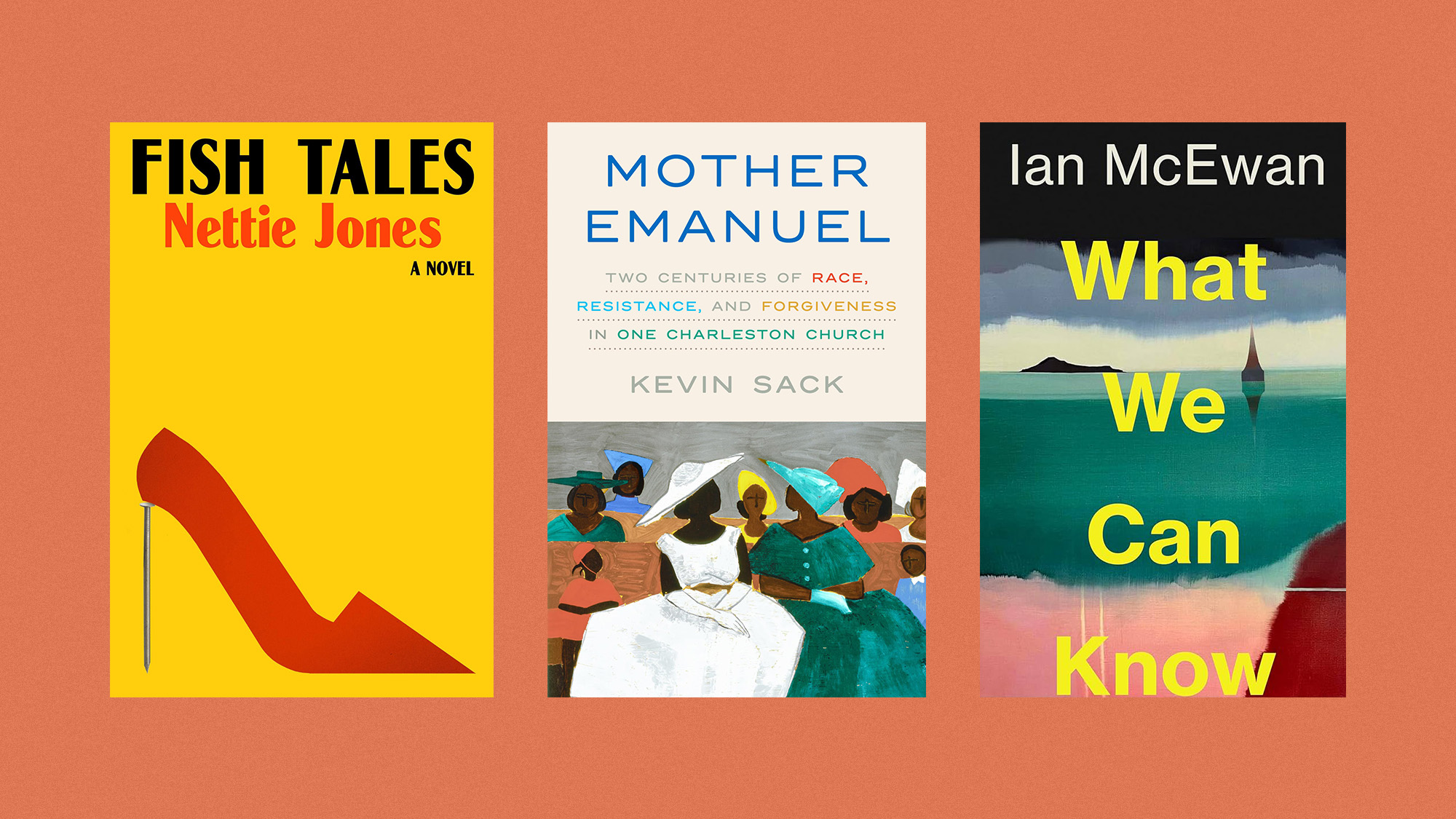Parents who pay their grown children's bills: By the numbers
Once parents were supposed to take care of their kids until they left home. Now Mom and Dad are subsidizing their offspring well into their adult years

In the popular imagination, the money from mom and dad stops when you leave home at age 18 or soon thereafter. In reality, according to a new study, leaving home is optional, and the money flows to most young adults even if they do make their way into the big, wide world. Even more surprising, says lead author Patrick Wightman at the University of Minnesota, parents play favorites, and are "more likely to help those who, even at a young age, help themselves." Take that, common sense! Here's a look at the largesse of today's parents, by the numbers:
62
Percent of young adults (age 19-22) who get financial help from their parents
The Week
Escape your echo chamber. Get the facts behind the news, plus analysis from multiple perspectives.

Sign up for The Week's Free Newsletters
From our morning news briefing to a weekly Good News Newsletter, get the best of The Week delivered directly to your inbox.
From our morning news briefing to a weekly Good News Newsletter, get the best of The Week delivered directly to your inbox.
$12,185
Average annual parental aid package that 62 percent receives
82
Percent of high-income parents (earning $99,910 or more a year) who dole out help
A free daily email with the biggest news stories of the day – and the best features from TheWeek.com
$15,449
Average annual assistance from the high-earners
47
Percent of low-income parents (earning less than $37,274 a year) who provide assistance
$2,113
Average annual assistance from low-income parents
42
Percent of all young adults who get help paying their bills (average $1,741 a year)
23
Percent who get help with their cars (average $9,682 a year)
22
Percent who get help with their rent (average $3,937 a year)
7
Percent who get outright gifts from mom and dad (average $8,220 a year)
35
Percent of parents who help their adult children with college tuition (average $10,147 a year)
66
Percent of high-income parents who help with college tuition (average $12,877 a year)
11
Percent of low-income parents who help with tuition (average $5,788 a year, or 10 percent of income)
65
Percent of young adults who live at home for a significant part of each year
12
Age by which parents (subconsciously) decide if a child will get financial help as an adult; kids deemed cheerful, self-reliant, and easygoing had better shots at receiving parental largesse later in life
Sources: LiveScience, Mommyish, University of Michigan [PDF], USA Today
-
 Received a gift card this holiday season? Here’s how to maximize it.
Received a gift card this holiday season? Here’s how to maximize it.The Explainer Make the most of your present
-
 ‘Lumpy skin’ protests intensify across France as farmers fight cull
‘Lumpy skin’ protests intensify across France as farmers fight cullIN THE SPOTLIGHT A bovine outbreak coupled with ongoing governmental frustrations is causing major problems for French civil society
-
 The best books of 2025
The best books of 2025The Week Recommends A deep dive into the site of a mass shooting, a new release from the author of ‘Atonement’ and more